Gondwana Rainforest of the Dorrigo National Park
Racing through the winding mountain road we expectantly look to the east. The first ray of light and we would miss sunrise over the forest of old Gondwanaland.
– It is very light now, sun is about to rise, how far is it?
– About 10 k’s to go.
Chilly mountain air, cameras are out of the backpacks and we are heading to the Skywalk at the Dorrigo Rainforest Centre. Still on time, still just before the sunrise, not a single person around, fantastic!
Long wooden path over the edge of the escarpment ends high above the ground revealing breathtaking views of mountains, Bellingen Valley and treetops of rich Gondwanaland rainforest. Here we appreciate stunning views and watch the sun quickly rise above the horizon. You could stay there forever listening to the sounds of light wind, birds chirping in an anticipation of a new day and rustle of hundred years old trees.
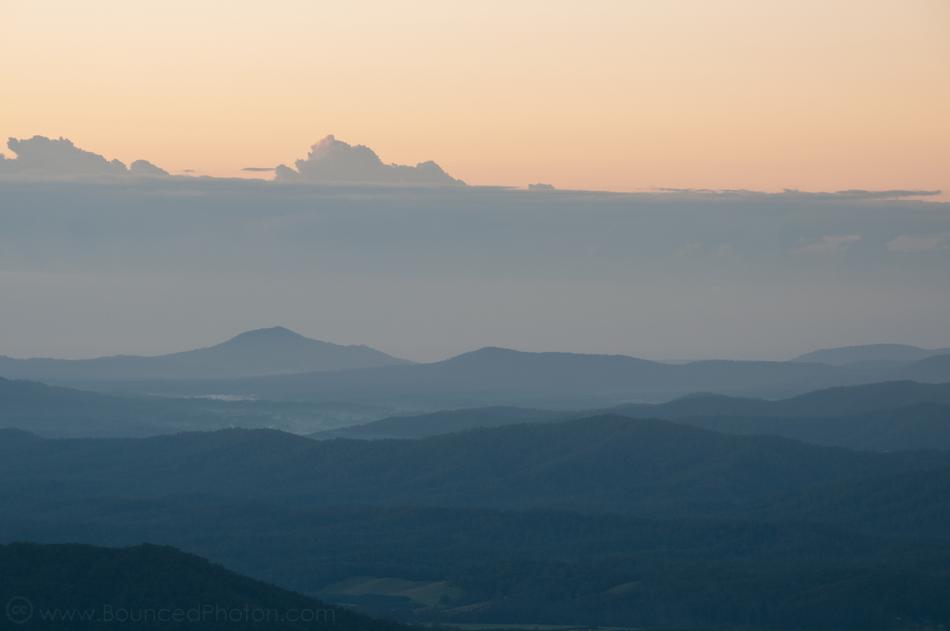
Mist over Dorrigo rainforest and Bellingen Valley at dawn
Relics of Gondwana
Curiously enough, being one of the driest continents Australia possesses the treasures of relic rainforests of significant international importance. This one in Dorrigo is believed to be a part of archipelago of rainforests which covered ancient supercontinent of Gondwanaland. Today The Dorrigo National park represents luxuriant sub-tropical and warm temperate rainforests, or remnants of them as rigors of climatic changes and European exploring have left theirs marks.
This World Heritage-listed area embraces a number of rare and threatened species. Few places on Earth contain so many plants and animals which remained relatively unchanged from their ancestors over such a long period.
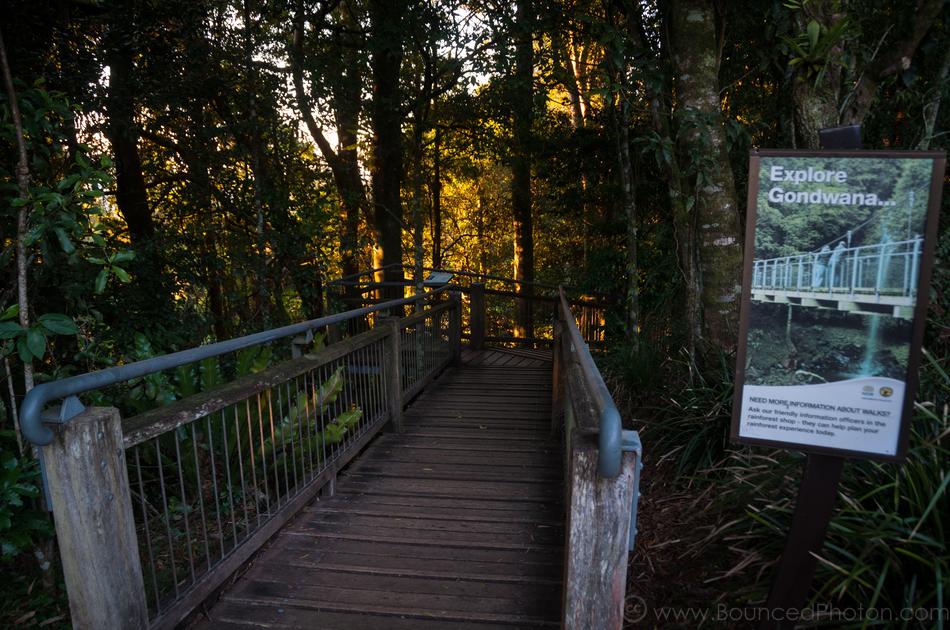
The Lyrebird track
Wonga walk
As sun started its daily routine we set off to discover this ancient and unique forest. The bitumen path led our way slightly downhill past an abundance of vines, buttressed trunks, palms and epiphytes. The sun-flecked ground was charming and the forest easy to walk through, giving it a cathedral-like atmosphere. The scenery was stunning.
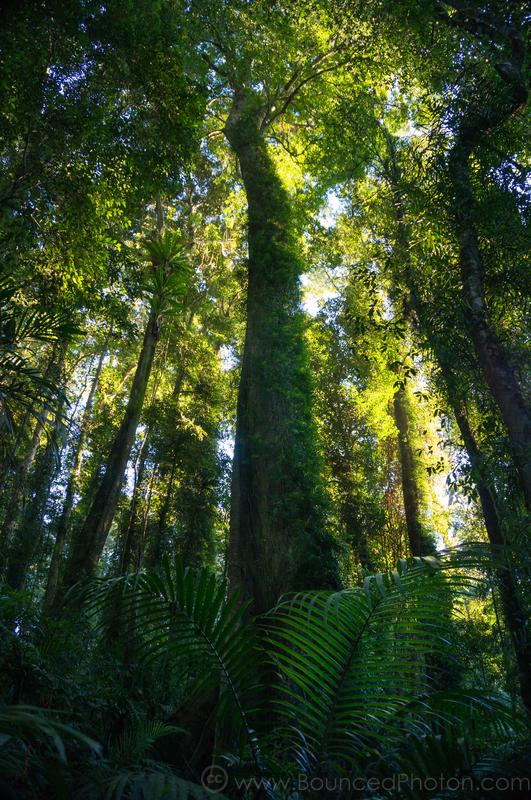
Looking up the trees deep in the rainforest
Brochures say that Dorrigo National Park is very good for bird-watching. There are tracks designed specifically for this with viewing platforms curling high amongst the trees. Our bird-watching experience, however, was mostly limited to Australian Brush-turkeys (Alectura lathami) who were going about their business stumbling upon us surprised to see anyone at all. The sounds were giving away quite a few more bird species. The Eastern Whipbirds were at their best, slashing their whips through the air.
While planning our trip we were studying information of rainforests trees and inhabitants. Though botanical researches are quite dull and uneventful reading some of them can compete with the most gripping thrillers. Such are the story of Strangler figs. They start their life as an innocent epiphyte seed on a branch of a host tree. Then the fig starts sending shoots down to the ground gradually surrounding and covering the host tree. Seemingly the fig strangles its host. Often the host tree dies leaving a hollow in the middle of a fig. Thus even relatively young fig trees may attain huge proportions both in height and floor area.
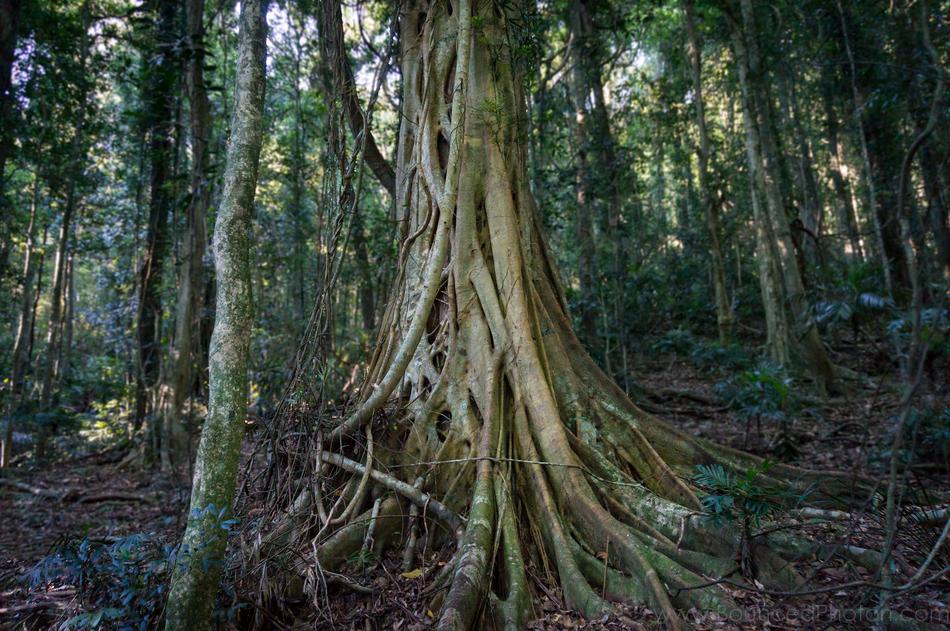
Strangler fig engulfing host tree
Though strangler fig presents no danger to human other trees should be dealt with a caution. For example, gympie stinger or Gympie-Gympie – the representative of the most dreaded trees of the rainforest – the stingers. One light brush against the leaves will deliver a dose of neurotoxins and bring unbearable pain that can recur in twinges for months. Apparently trees also bear fruits that are edible (once the stinging hairs are removed). I would imagine someone need to be really hungry to try it out.
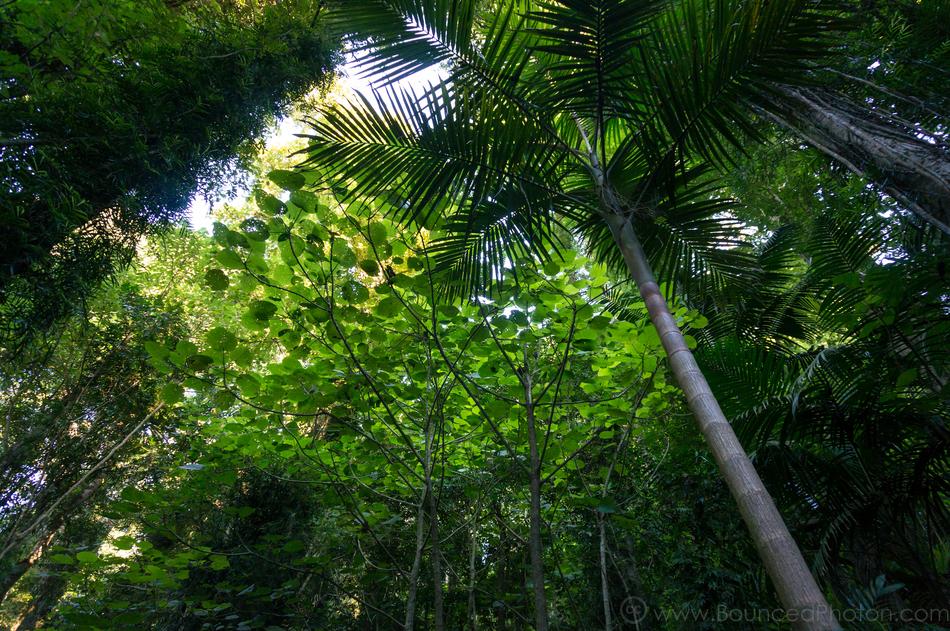
Attractive velvety leaves of stinging tree above the walking track
Other dangerous plants which are in abundance in Dorrigo Forest are large-leaved native lily and lawyer vine. Large spade shaped leaves of native lily can cause skin irritation while sharp hooks of lawyer vine can pull one up with all the force of the law.
During the Terania Creek Inquiry, Justice Isaacs asked the eminent rainforest ecologist Dr Len Webb why the lawyer vine was so named. Dr Webb replied: “I think, sir, it is because they have hooks, and when they get hold of you it’s hard to be disentangled”.
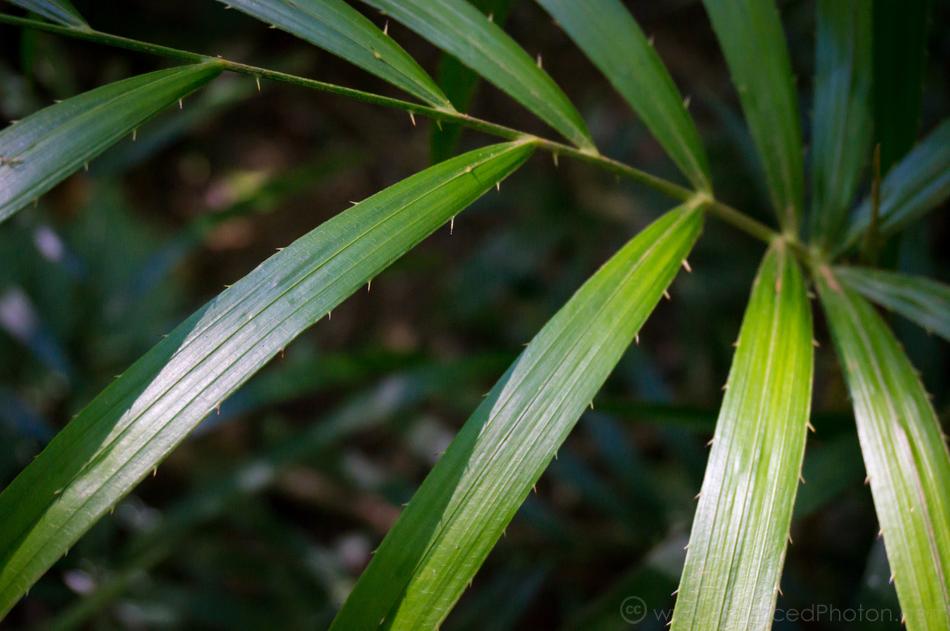
Calamus muelleri, commonly known as lawyer vine with sharp hooks along the leaf edge
Minding these interesting facts, it is still a very peaceful and enchanting walk with amazing scenery – waterfalls, birds and lots of helpful information on strategically placed stands. While lush green rainforest, sounds of birds, cool and clean air were the main theme of our walk the magnificent accent was added by Crystal Shower waterfall. The great thing that you can admire it from different angles and even get behind it! With vines climbing down from the rock walls and fresh moist air lightly blowing into the face being behind the waterfall is indeed the experience to remember.
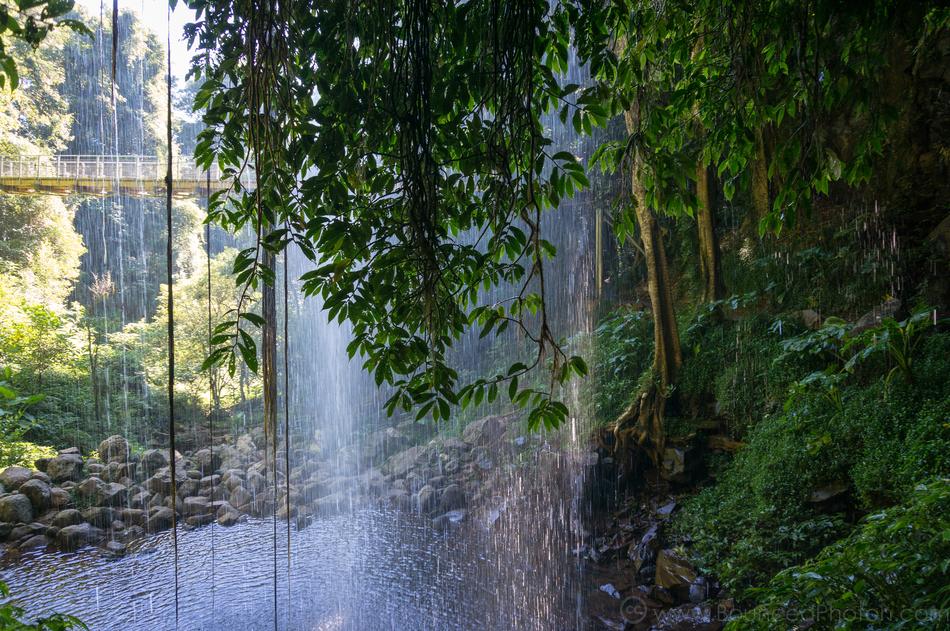
A view from behind the Crystal Shower Falls
The main heroes of any forest are, of course, trees. There is no shortage of them in Dorrigo National Park. The tree trunks show off a great array of textures, colours and shapes. At some point you just cannot avoid been amazed by all the patterns forest presents before you.
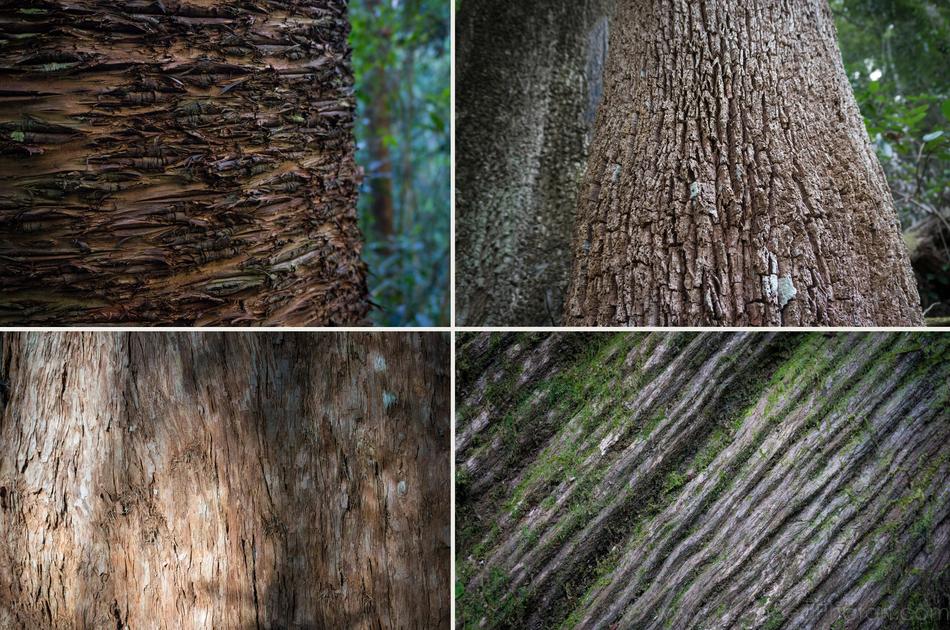
A variety of tree barks on display in Dorrigo
Most striking are the giant plank buttresses, often intricately shaped. Buttressed trees are characteristic feature of tropical and sub-tropical rainforests. Despite the number of hypotheses there is no conclusive explanation for the purpose of tree buttresses. Some think they are used for support as tall trees with uneven canopies need to carry not just their own weight but also the heaviness of numerous epiphytes and vines, others suggest that buttresses are for gathering more nutrients out of nutrient-poor rainforest soils.
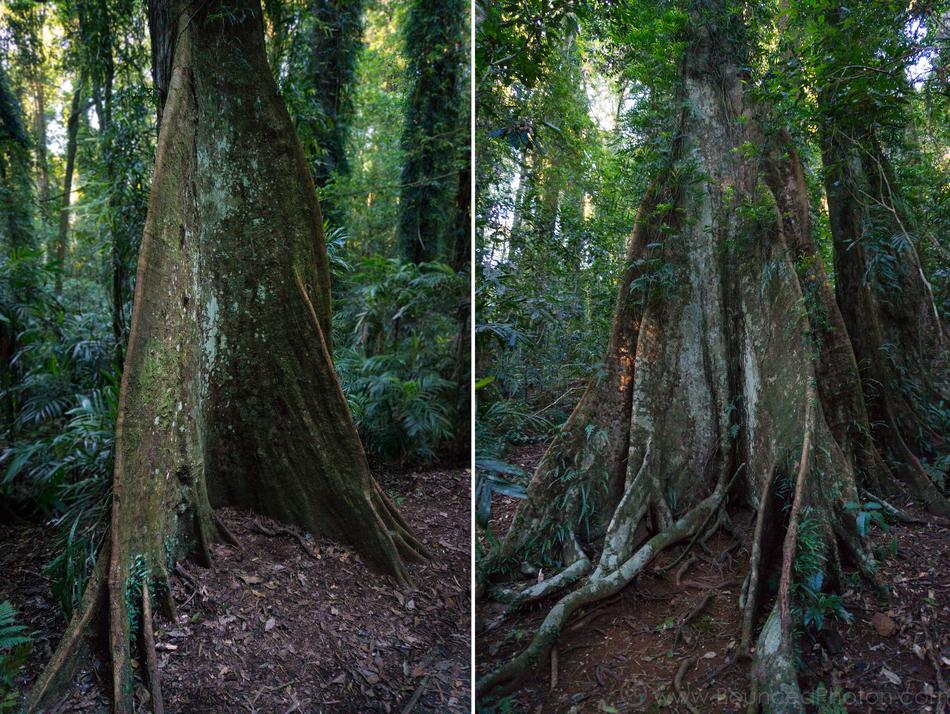
Huge buttress roots at the base of the rainforest trees in Dorrigo
Thick woody vines are abundant as are epiphytic ferns covering the branches.
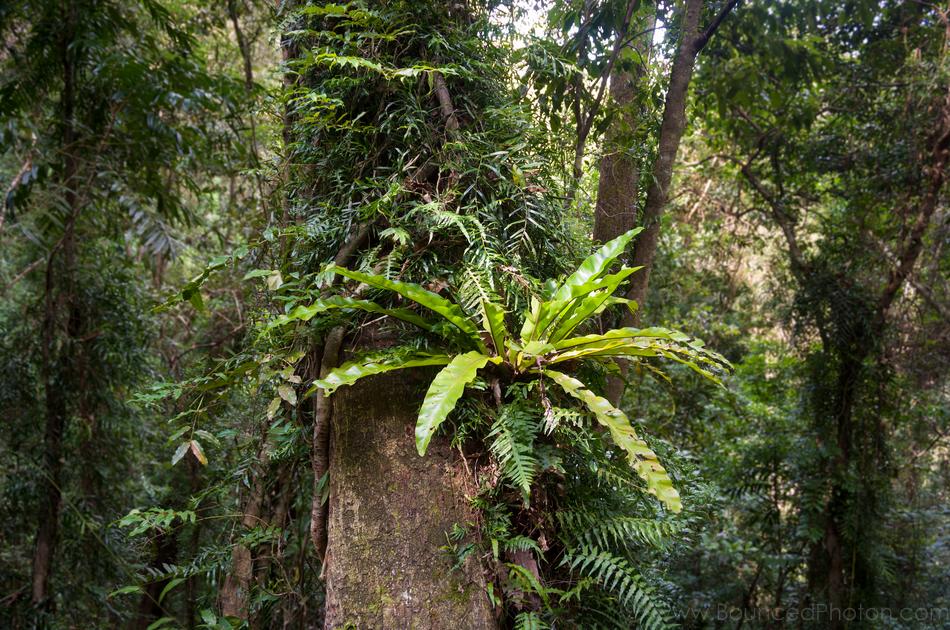
Large tree-trunk hosting climbing and epiphytic plant life
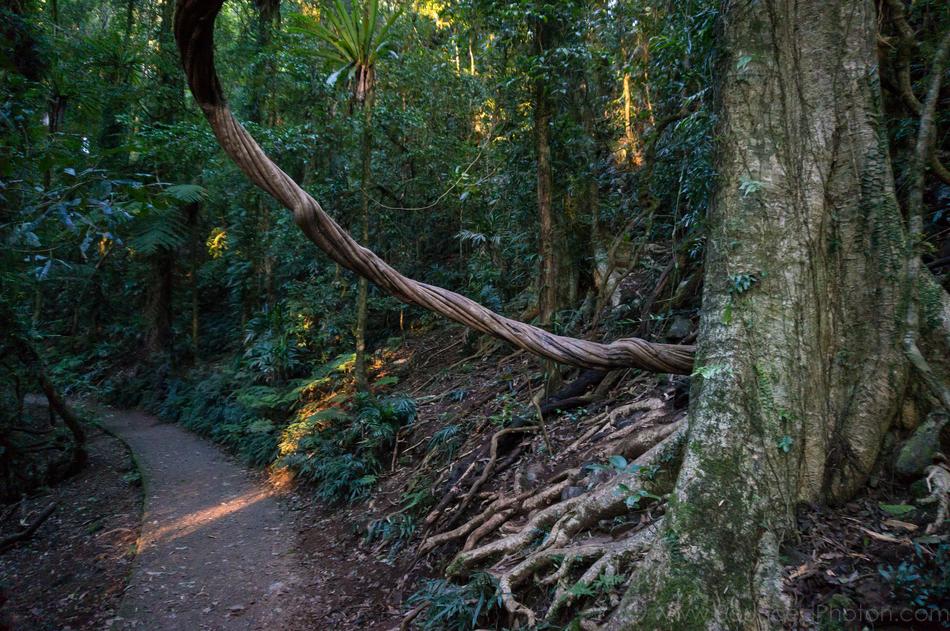
Big liana overhanging Lyrebird Link track
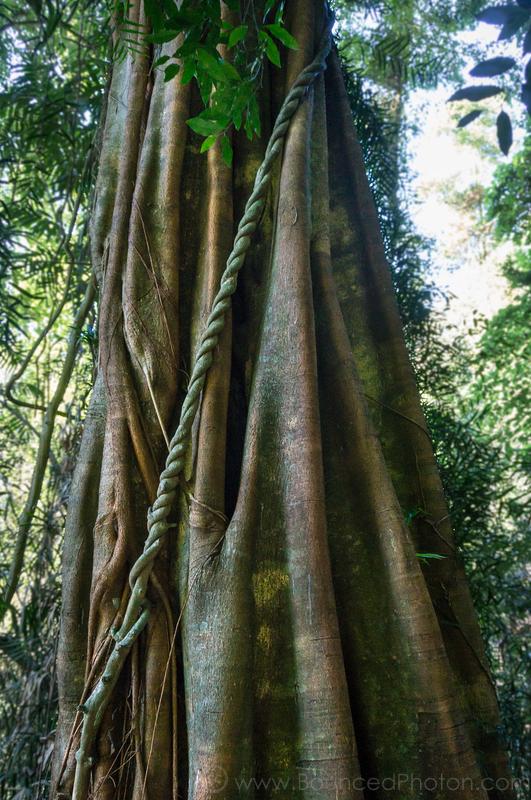
Twisted vine going up the big sculptured trunk in Dorrigo National Park
Part of Wonga track goes through Walk with the Birds boardwalk which is perfect place for bird spotting if you arrive early to enjoy the place. As we were coming to the end of our walk one nice old lady approached us.
“Were there any birds?” she asked.
“Oh, we heard plenty. Lots of turkeys too!” was our answer.
By the sight of it she was not overly excited with turkeys, but, nevertheless, proceeded further into the forest.
Never Never
A day after Wonga walk we did Redwood Creek walk combined with Cedar Falls walk. Both of these are starting at the Never Never picnic area, an easy 10km drive along the dirt road from the Rainforest Centre (2WD was quite fine in dry conditions). Overall, the walks took about 5 hours to hike with lunch break at Cedar Falls.
The road itself is easy and picturesque. It is hard to resist making a stop and taking a photo of a morning mist and a country landscape such as this.
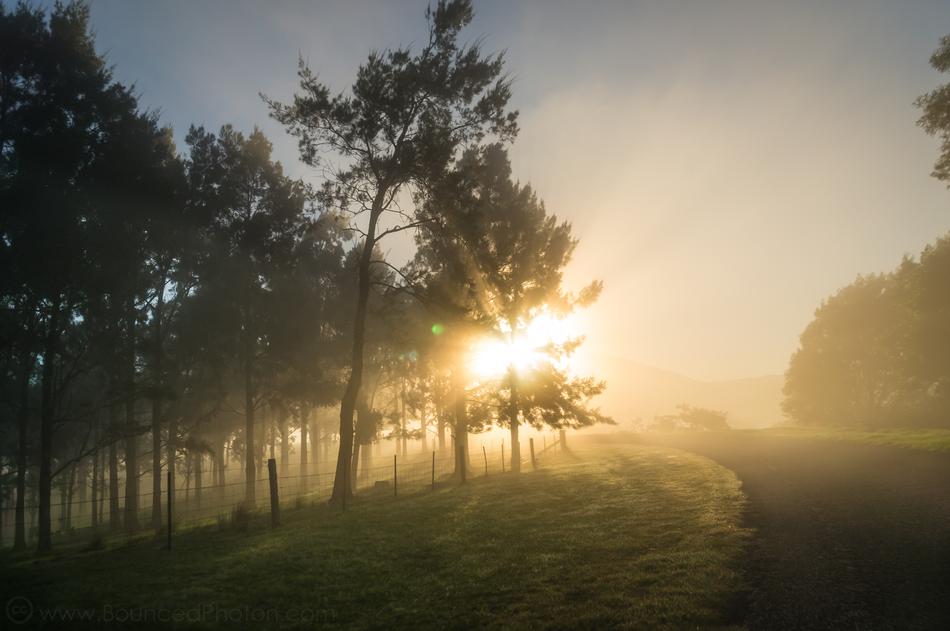
Driving to the Never Never picnic area through mist and morning sun
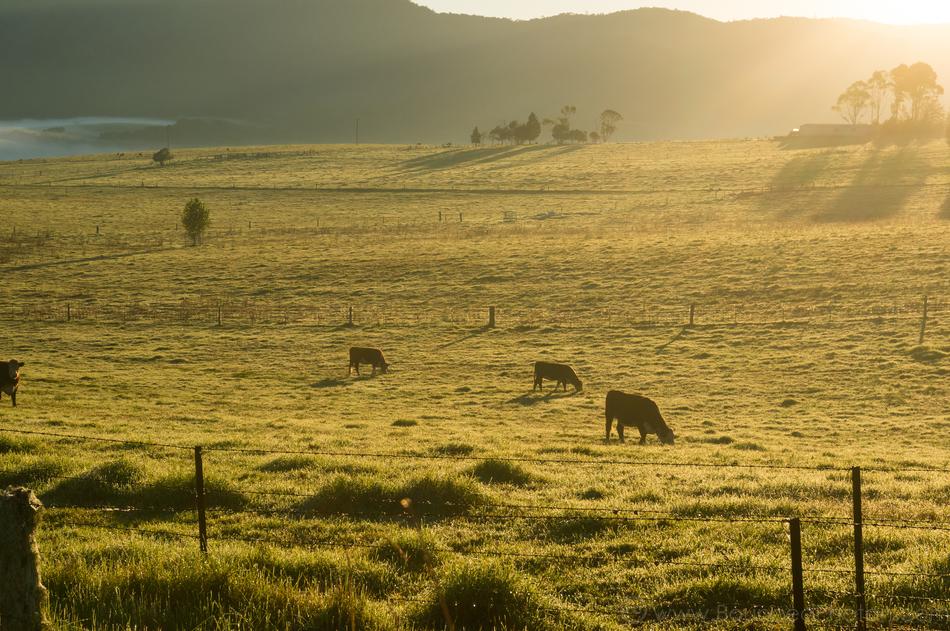
Grazing cows on sunlit pastures in the morning on the way to Never Never picnic area
Redwood Creek walk is quite a big hike especially the part to the Cedar falls. Wish we knew it beforehand. And then we would still go as it is as tiring as beautiful. This part of the forest is less structured, tracks are unpaved and fallen trees somewhat hamper the movement. It is, nevertheless, quite amazing and feels like a Hobbit trail through an ancient forest.
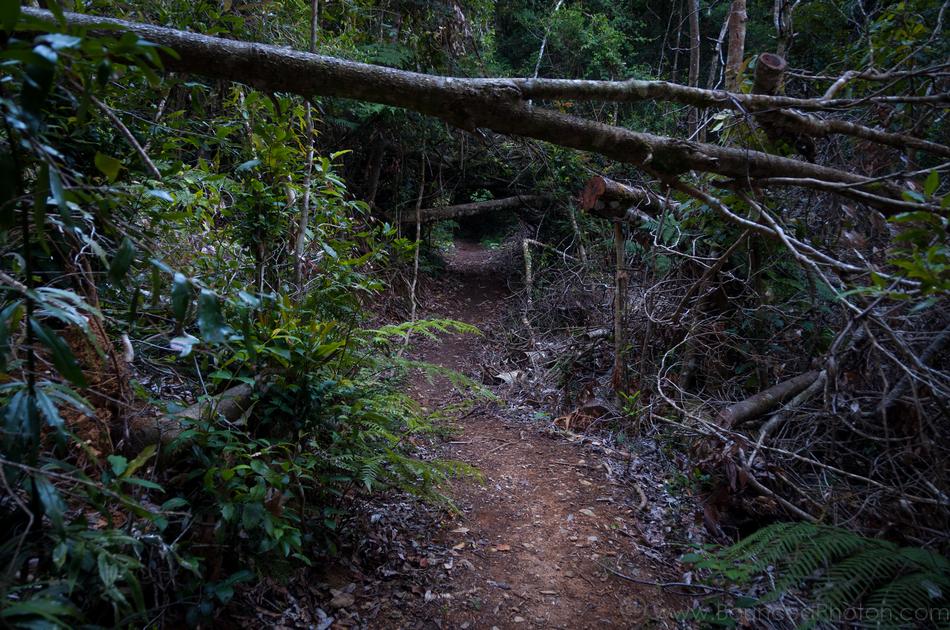
Hobbit trail through the rainforest
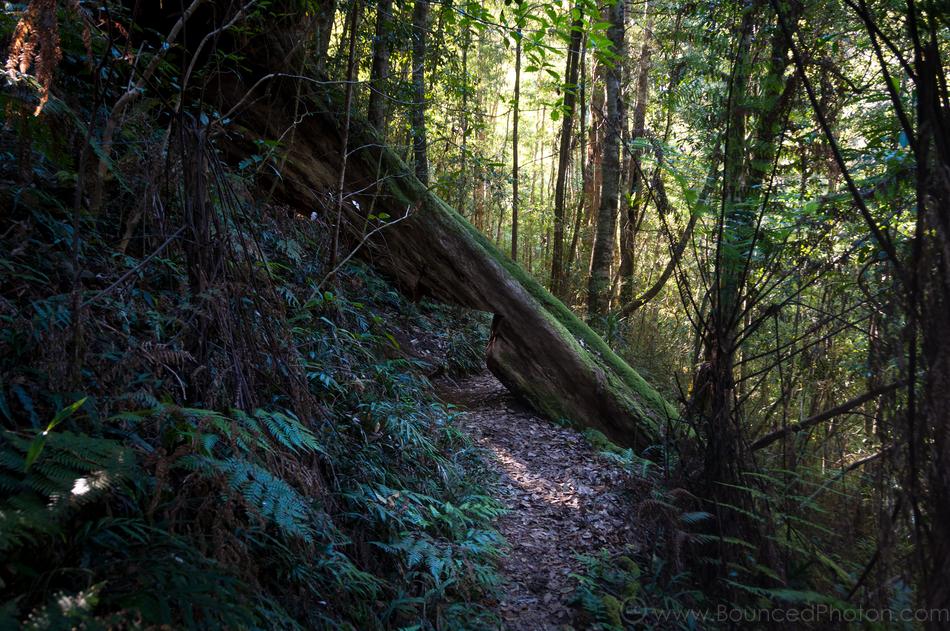
Fallen trees obsctruct the path on the Rosewood Creek walk
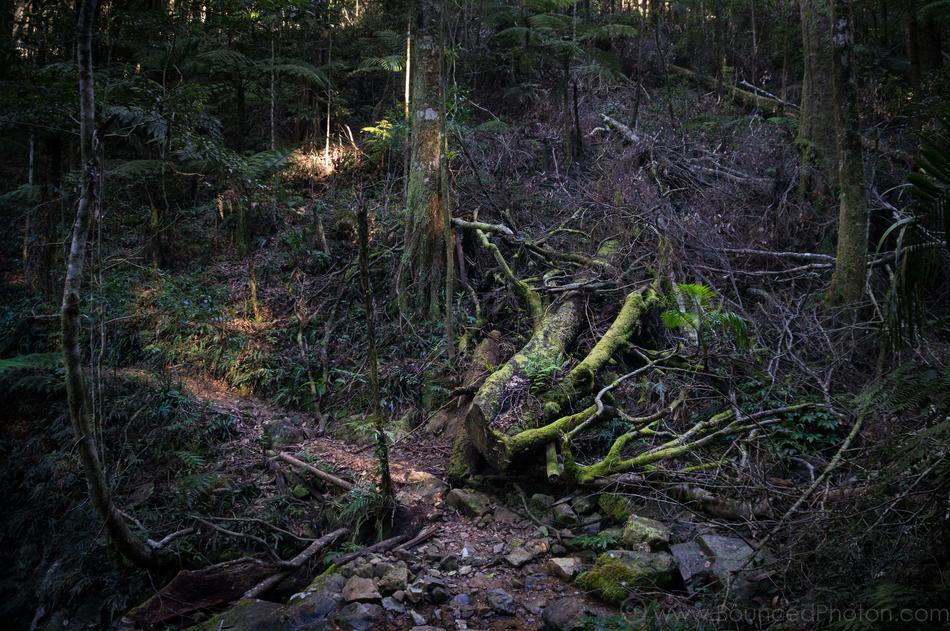
Most of the natural forest chaos remains in place with just a litte track cleaned up for walkers
The forest structure in Never Never differs slightly from the forest near Rainforest centre. It is more uniformed and simple. The buttressed giants are replaced with comparatively slender straight trees with smooth bark. This leads to less epiphytes, those that are left could be found mainly up in the crowns.
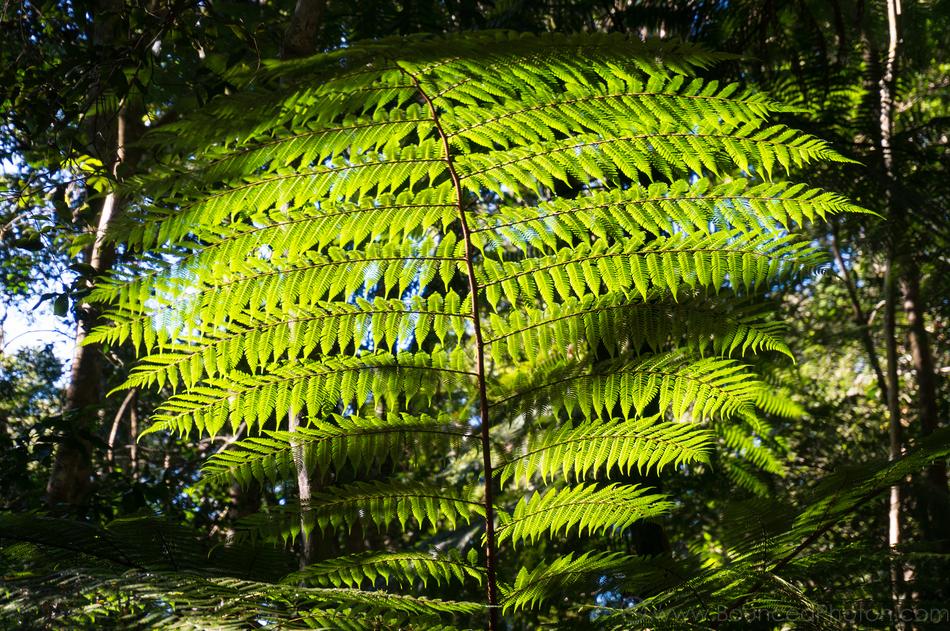
A fern displays its green feathers against the sun on Rosewood Creek walk
High altitude and more rainfall cause thriving of fungi and lichen which clothed fallen trees and dead trees trunks. This is still a part of the ancient Gondwanaland and as a proof of that families of rare and truly primitive flowering plants can be found here. Dorrigo plum is one of the types. This tall tree with fluted trunk have ancestry traceable to 50 million years back! After searching the ground we were lucky to find few fruits from the last season as well. Some of them opened. Did someone had a bite and did not like it? From the looks it is more alike to the cross of a plum and a chestnut. Being listed on the Rare or Threatened Australian Plants register we would assume it is not a well-known specie. And Interestingly enough some studies show that it contains Endiadric acid C, a chemical compound showing impressive antibiotic properties.
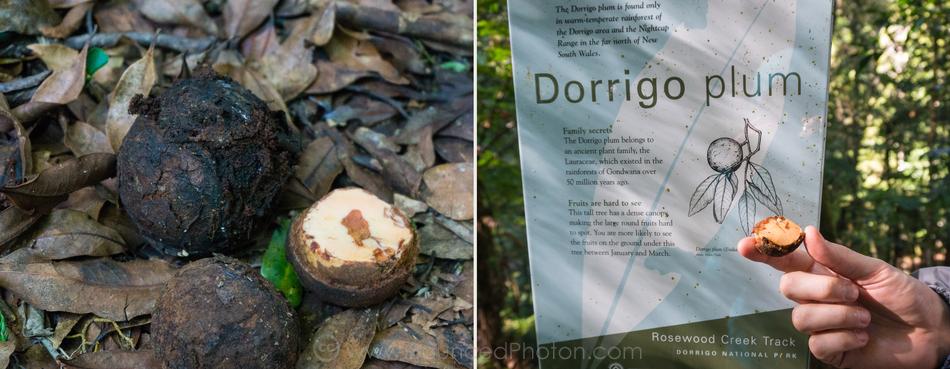
Dorrigo plum fruits with the sign at Rosewood Creek track
Further down the path goes along the picturesque and full-flowing Rosewood Creek with access to the water and small waterfalls.
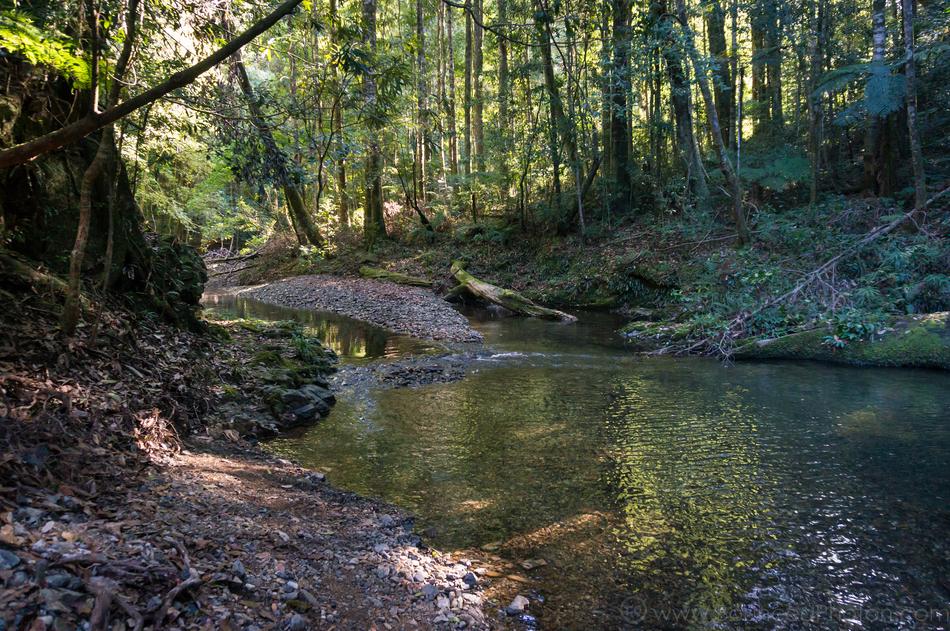
Quiet Rosewood Creek flowing through shady area of the forest
Though the track is not particularly very hard we were quite tired once we got down and back. The map showed moderately short track zigzagging downhill. It was rather steep descent, hard to go down not thinking about a way back. The main concern was the waterfall. We didn’t know what to expect of it as waterfalls in Australia are a subject to weather conditions.
There is always a chance to see a measly trickle of water at the place where a decent waterfall was in other times. It turned out, though, it was completely worth it! The waterfall was magnificent. Placed in remote area surrounded by lush greens it is a real gem of the forest with proper thunder of water rushing down and slippery rocks all over it.
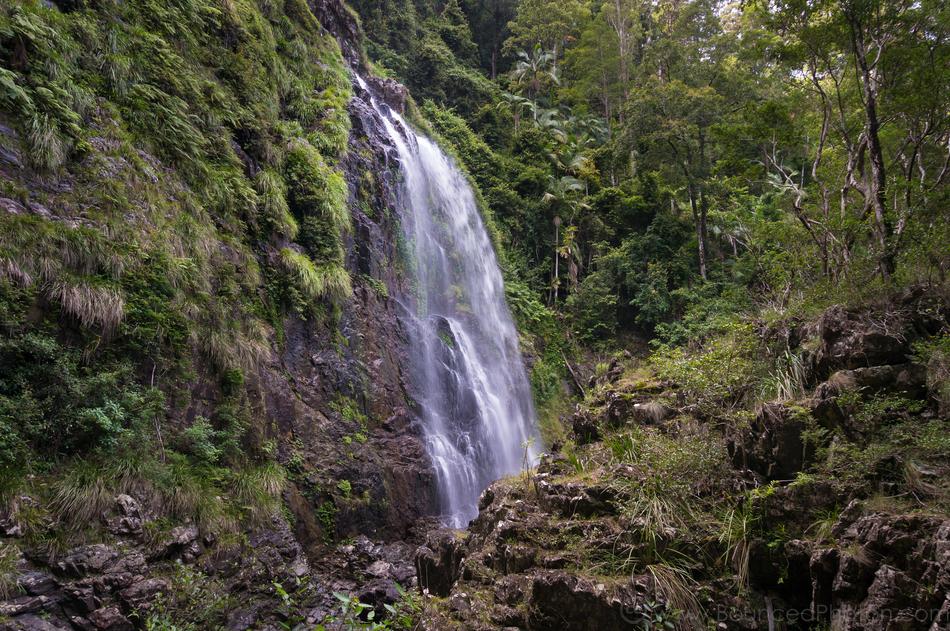
Red Cedar Falls is a real gem of the forest with proper thunder of water rushing down and slippery rocks all over it
With such a view, a cup of hot tea and a nice sandwich we wanted this time to go a bit longer. Back on the track we faced the battle uphill with anticipation. We were thinking about it all the time we were going down and had time to prepare.
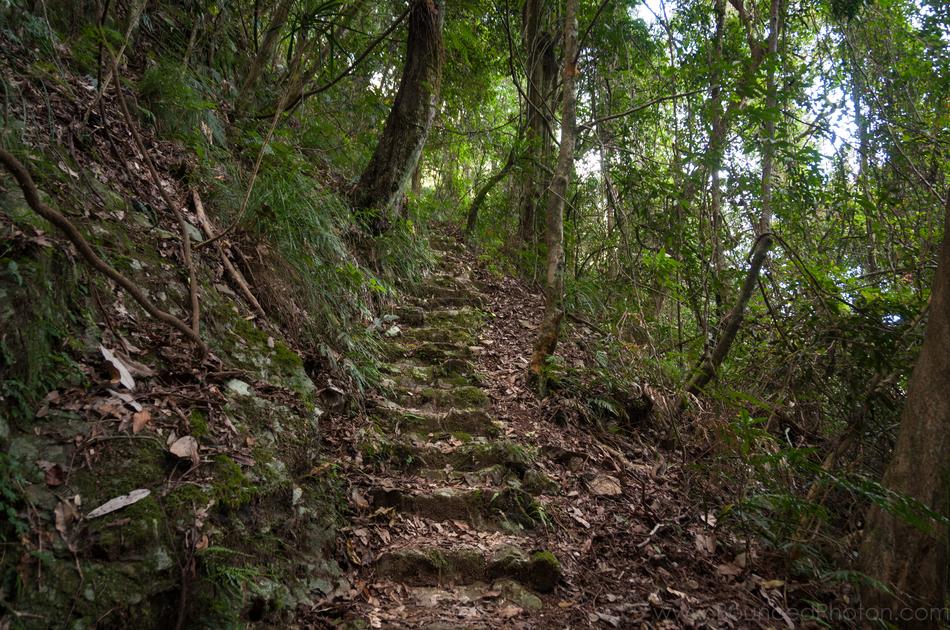
Stairs cut in rock lead uphill from Red Cedar Falls
It is worth to note that the return journey, though difficult being uphill, was less painful that we expected. And one must admire the dedication of the tradesmen who cut through the rock to make such nice set of stairs. Well, we had all day before us to enjoy it and nowhere to rush. Taking it easy step by step definitely made it the walk to remember.
Travel tips
- If you are about to enjoy the serenity and grandeur of the forest it pays to come early. “Before sunrise” type early.
- Those who decide to go Wonga track our travel advice is not to be tempted by the waterfall nearby and go clockwise, i.e. turn left at the fork. The track will go downhill and then quite a bit uphill and be crowned with magnificent Crystal Shower Falls.
- Allow plenty of time to explore. The walks can be a lot longer then marked. It is said to take 2.5hrs normally, we did it in 4. Not because it was a hard walk, but it just there was just so much to stop and look at and to photograph.
- This is a wet rainforest, so leeches can be a problem, especially after heavy rainfall. Dress appropriately. We recommend wearing decent footwear as half of all walks are uphill.
- Keep in mind, that rainforests have their own microclimate. It is usually cooler and more humid than average for the region. We suggest to wear layers of clothes and adjust on the way.
- Don’t forget to take water (or a cup of tea in the winter) and a light snack to enjoy on breaks.
- If bird watching is significant part of your visit, plan to come at spring time or resort to taking full photographic advantage of friendly turkeys.
- Cost: Entry is free. But gold coin donation at Rainforest centre is welcome and helps to maintain the access as best as possible for everyone.
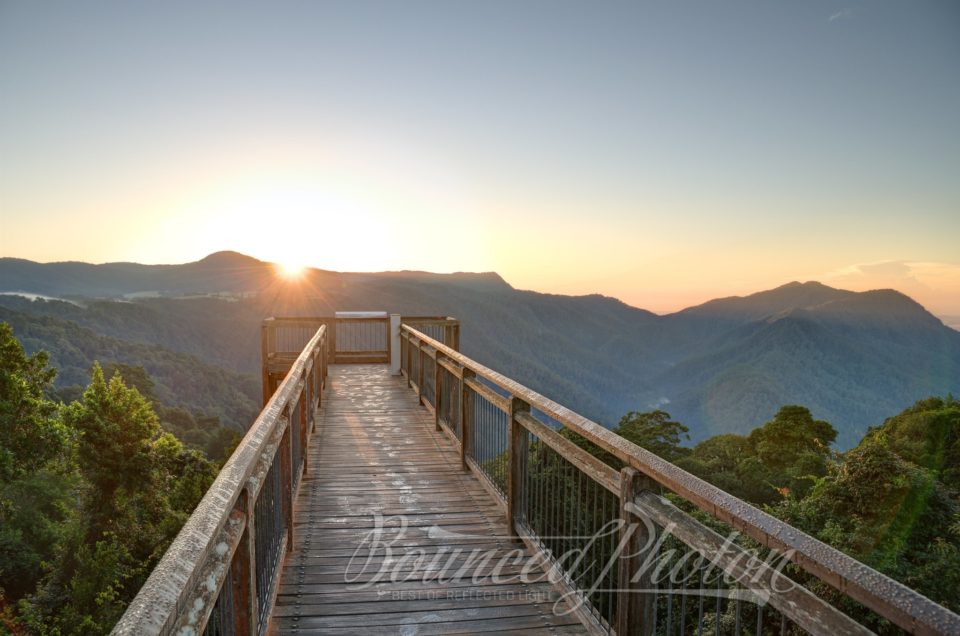
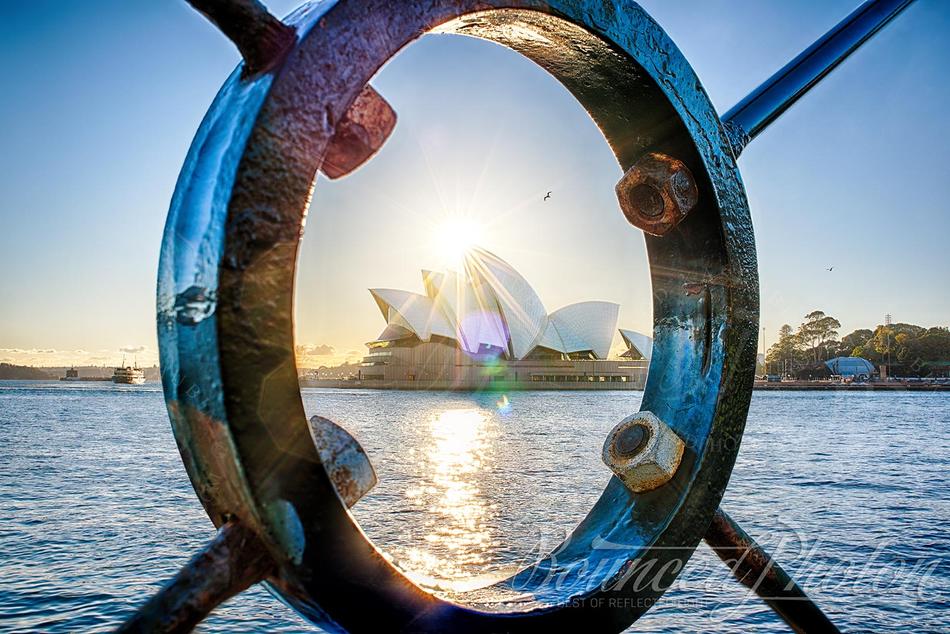
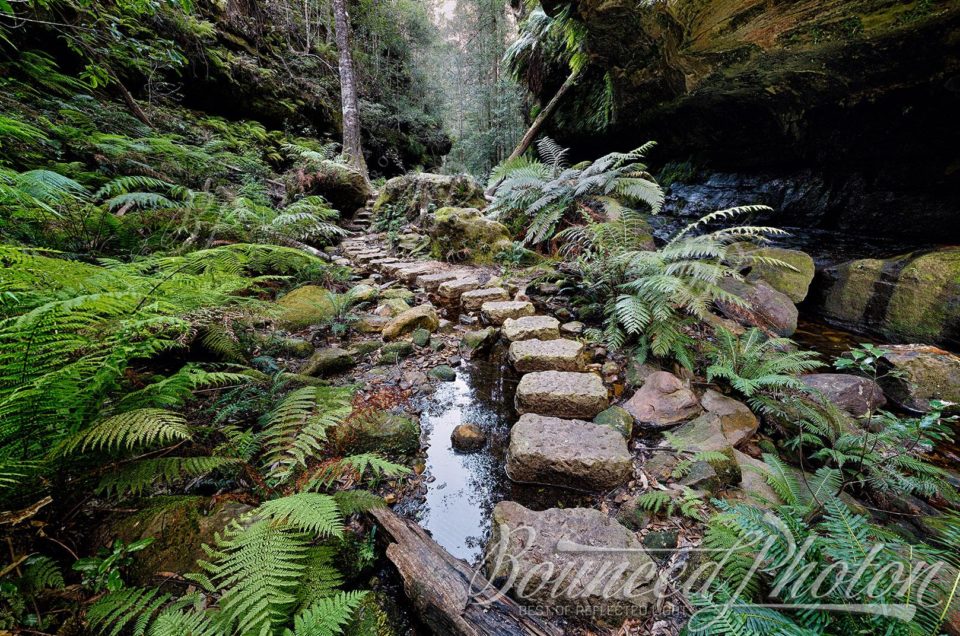
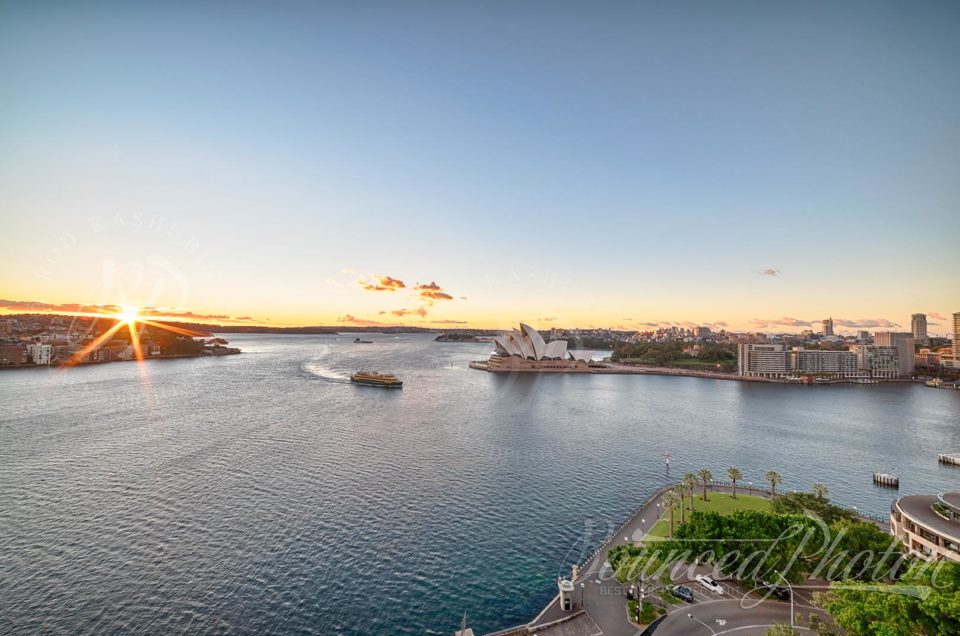
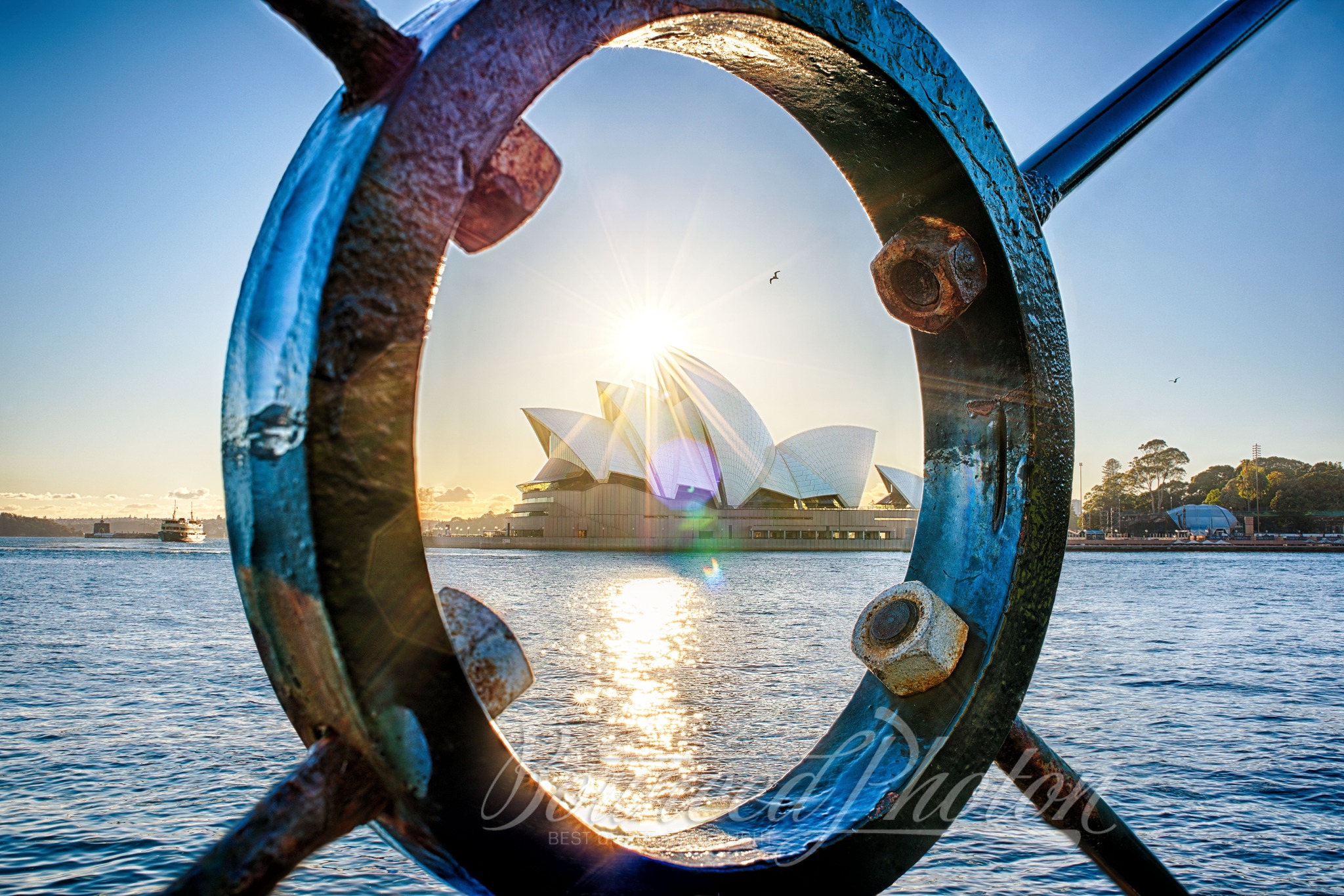
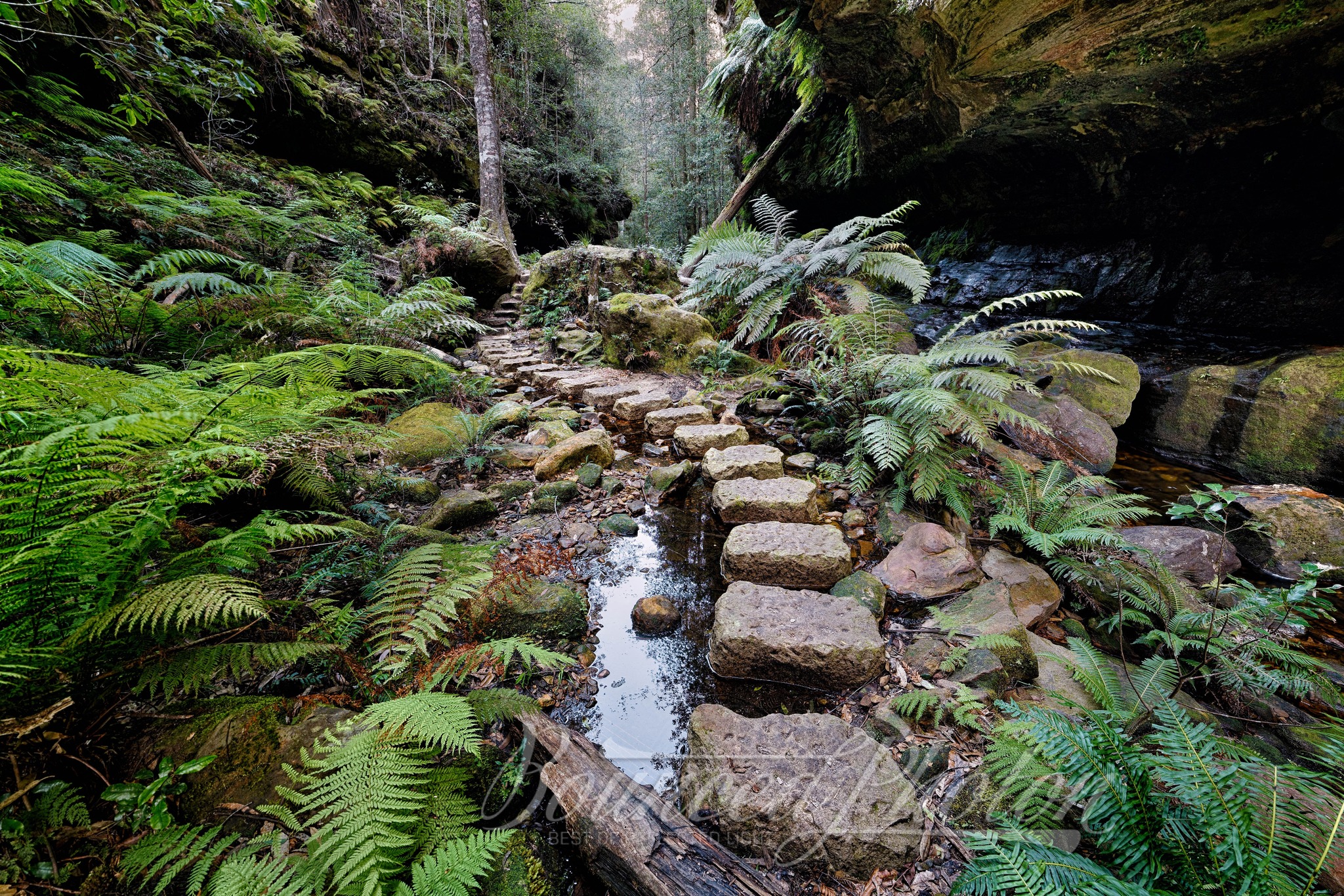
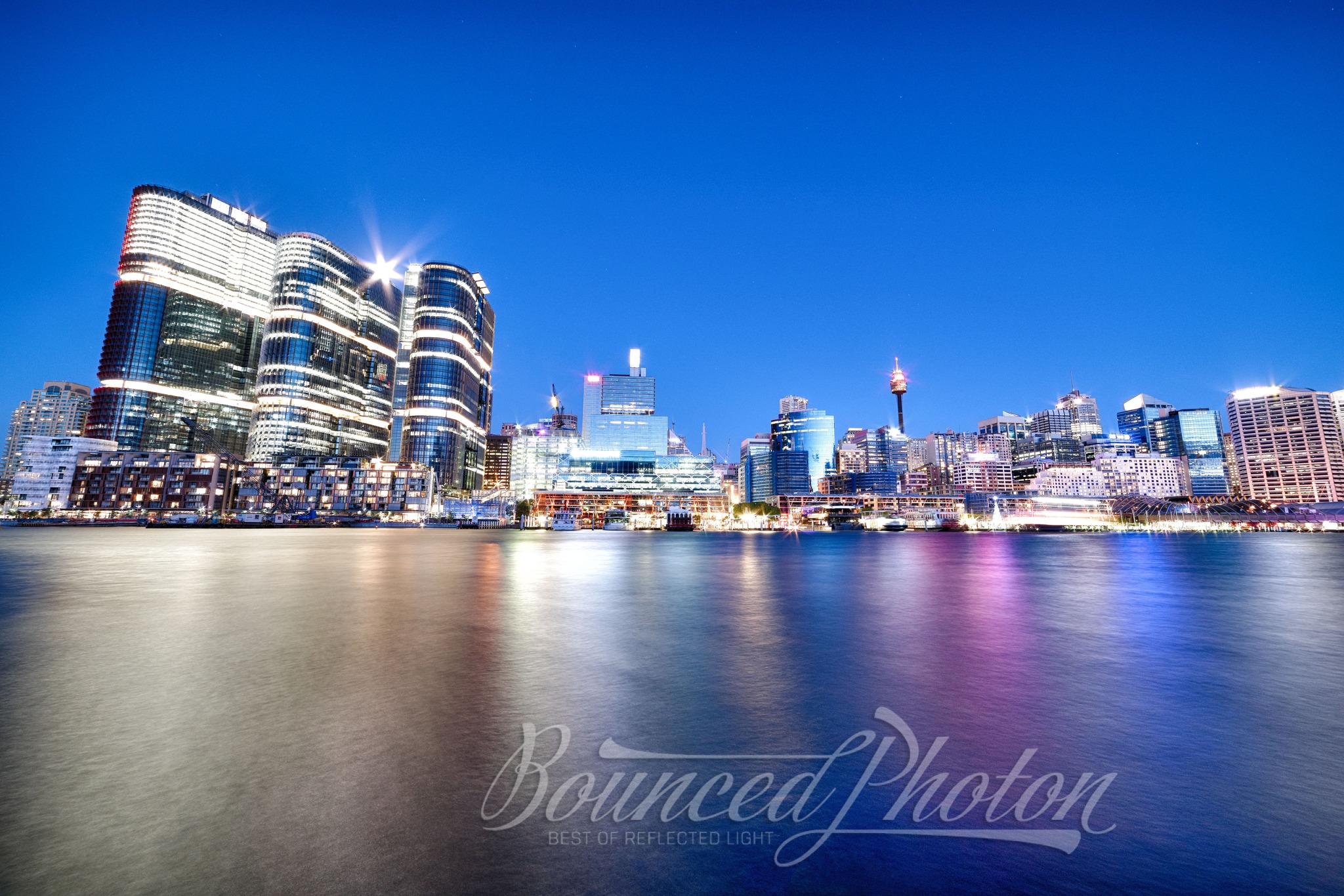
Leave a reply